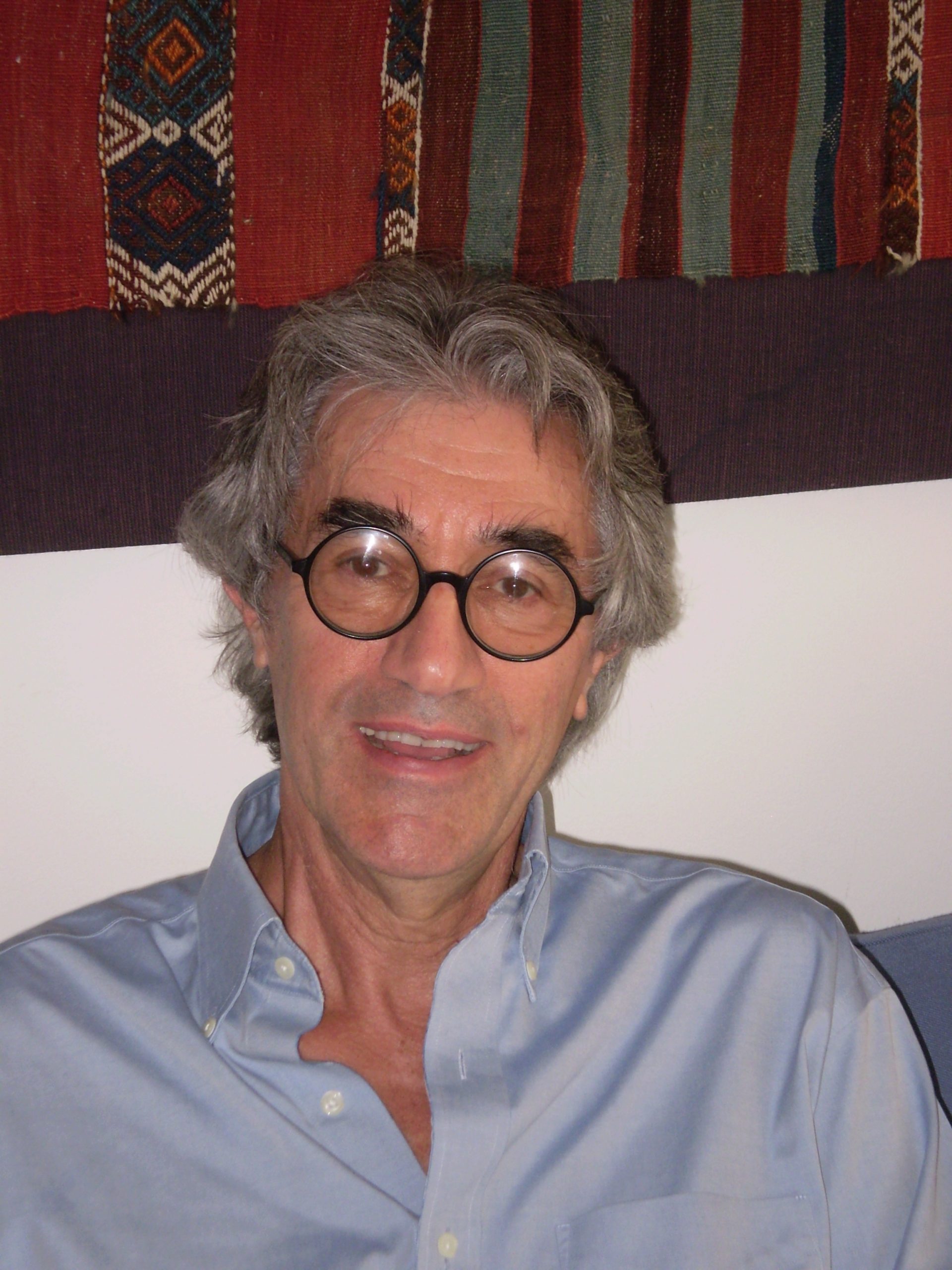Not So Ordinary: A Tale of Unsung Science Heroes
Of the 638 Nobel laureates in the sciences (physics, chemistry, medicine, and economics), how many names do you recognize? Einstein, Pierre and Marie Curie, and perhaps Pavlov? Most scientists—even Nobel laureates—do not become household names. However, these “ordinary” scientists are no less brilliant, hard-working, or interesting than the “extraordinary” ones.
Gino Segrè’s 2011 book, Ordinary Geniuses, is the biography of two such “ordinary” figures, Max Delbrück and George “Geo” Gamow, whose contributions to their respective fields of genomics and cosmology were anything but ordinary. Delbrück and his team discovered the mechanism of gene replication, for which they were awarded the Nobel Prize in Physiology or Medicine in 1969, and Gamow and his team were early proponents of the then-controversial Big Bang theory, which provided a theoretical framework that could explain how hydrogen and helium were formed in the baby universe.


Ordinary Geniuses follows Delbrück and Gamow from their humble beginnings as unknown but promising students to their emergence as pioneers in biology and physics. They both began as students in physics, and became friends while studying at the Niels Bohr Institute for Theoretical Physics in Copenhagen. Sometimes, late at night, Gamow would barge into Delbrück’s room, turn on the lights, and announce his latest idea on physics, which they would then discuss over beer and sausages. However, though Gamow’s career was taking off with his work on radioactive decay, Delbrück was not so successful. Bohr convinced Delbrück that the “next big question” would be in the life sciences, and so he began making a transition to biology.
When the two met again as established scientists decades later—this time in the United States—Delbrück had become a giant in genetics research. Gamow’s interest also shifted to biology around that time, and he even started the RNA Tie Club, a scientific “gentlemen’s club” dedicated to discovering how DNA instructs the body to create proteins. With Delbrück’s and Gamow’s careers established, the book concludes by summarizing modern perspectives on genomics and cosmology.
Segrè weaves together Delbrück’s and Gamow’s stories, alternating between them every chapter or two. The descriptions of scientific theories and discoveries are interesting, and can be readily understood by the curious layperson. As a biography, however, the book shines in its descriptions of these two fascinating figures. Here are some of my favourite parts:
1) Young Delbrück as he sought a research specialty.
As a graduate student struggling to carve out my own niche in science, it heartened me to know that even a Nobel laureate once felt lost and confused in his youth. In his own words, “I had not felt that I was doing well in astronomy and I did not feel that I was doing well in physics; and I was just hoping that something would happen that I was doing well and was willing to carry on with.” Even after he switched to biology, it took several years before he established a name and a lab for himself. I enjoyed reading about how his persistence and trust in his instincts led him to pioneer a field.
2) Gamow as a jovial, kind man with an unmatched joie de vivre.
Whereas I would have been somewhat afraid to meet Delbrück—he was known to have a sharp tongue as well as a sharp mind, frequently declaring seminars to be the worst that he had ever heard—Gamow comes across as far more approachable. A prankster, a joker, and an accomplished artist, he adorned his letters to colleagues with hilarious illustrations. “[a] discussion of the virus that attacks tobacco plants might be accompanied by a drawing of a happy smoker flicking cigarette ashes, and the question of what can be accommodated into the spacing between the bases on a DNA molecule sidetracks Geo [Gamow] into contemplating what fits into the open mouth of a tiger.” A picture of the latter is provided on page 218.

Bohr created a welcoming and stimulating environment at the Institute for Theoretical Physics. Several of the scientists were permanent members of the institute, but others stayed for a few months at a time. They lived and worked together, united by their interest in physics. The stay at Copenhagen clearly affected Delbrück and Gamow; they later tried to re-create the Copenhagen spirit at the Cold Spring Harbor Laboratory, and at the George Washington University Theoretical Physics Conference. I loved the idea of being surrounded by friendly, like-minded individuals focused on the same topic, and found myself becoming quite envious of the Copenhagen spirit.
What does it mean to be an extraordinary scientist? Despite the title of the book, I got the sense that drawing a distinction between the ordinary and the extraordinary may be misguided. The ordinary geniuses of Segrè’s book are anything but ordinary—they are accomplished, brilliant people in the modern history of science. Ordinary Geniuses entertains and educates, and is highly recommended.
Minjung (“MJ”) is a PhD student at the New York University Department of Psychology, Cognition and Perception Program. She studies the visual perception of light and colour, with a keen interest in material perception (e.g., what makes glowing objects appear to glow?).
To read more about MJ’s work, please go to her academic site.
